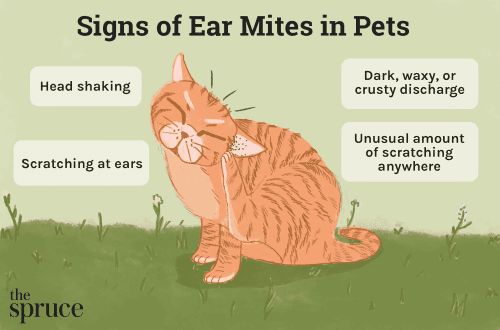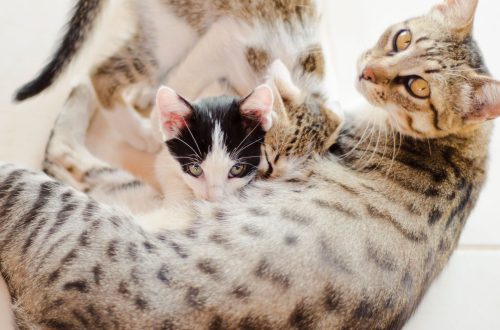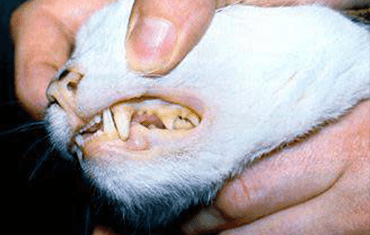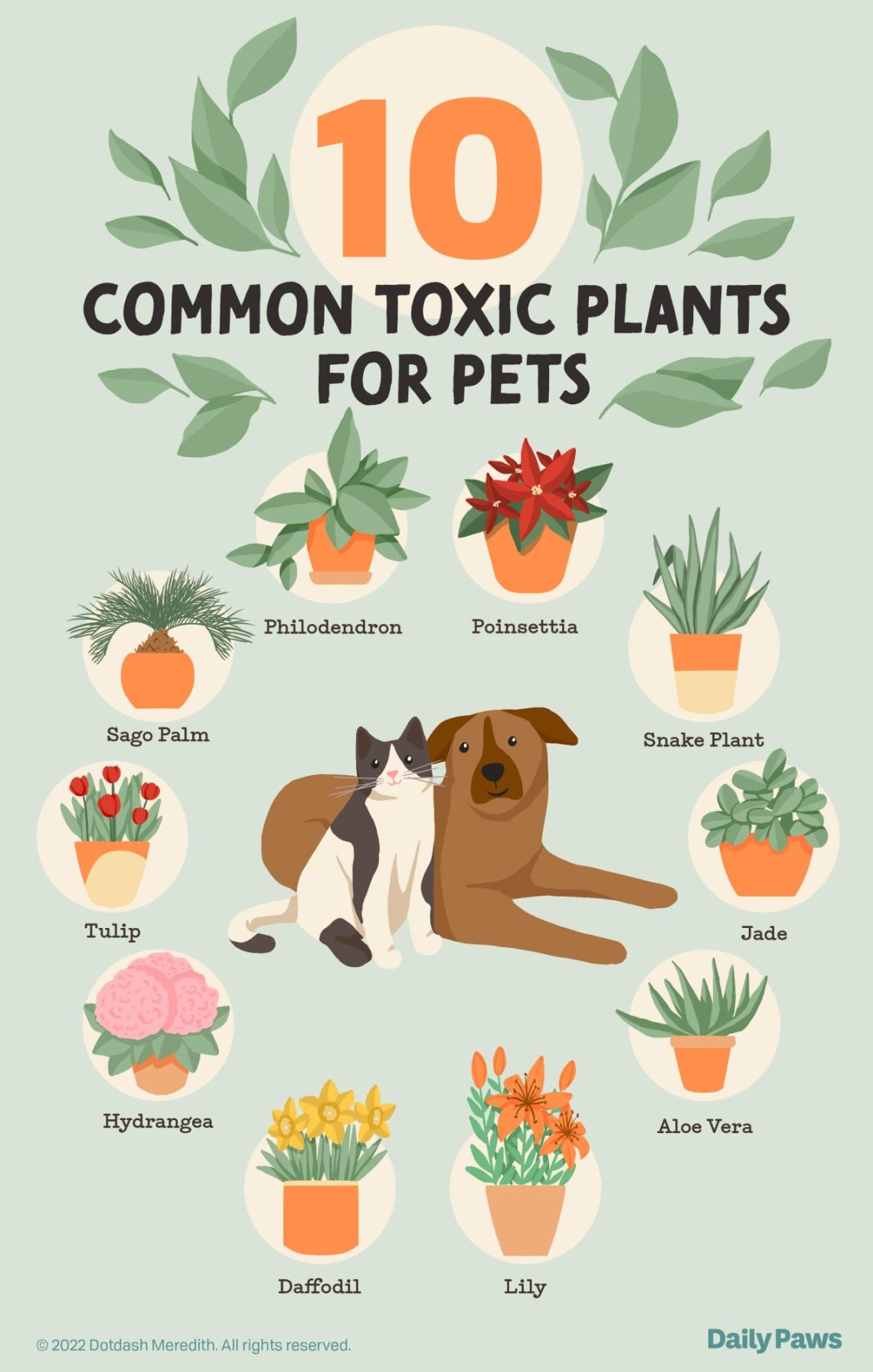
Toxic plants for cats
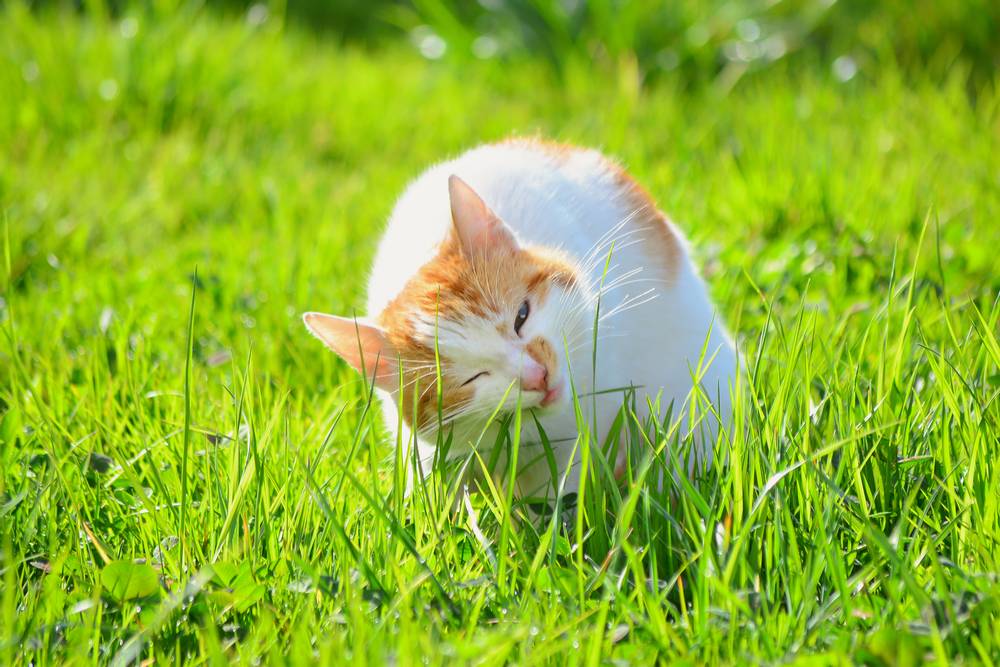
Cats are curious animals, they love to explore the world around them. And home plants in this case literally become an object of desire: you can play with them, you can try on the tooth, or you can turn them over or push them off the windowsill. But a responsible owner knows that indoor flowers for a cat are not a toy, and in some cases a mortal threat. What plants should never be allowed to pet?
Azalea
Pink, white, red or purple azalea flowers are pleasing to the eye, and many have them on their window sills at home. However, for cats, alas, this is a deadly plant. However, for some people prone to allergies, the plant can bring a lot of problems. The fact is that the leaves of this flower contain andromedotoxin glycoside, a toxic substance that causes severe poisoning, disruption of the central nervous system, laryngeal edema and vomiting.
Dieffenbachia
Variegated evergreen dieffenbachia has gained popularity not only for its beauty, but also for its unpretentiousness. However, cat owners should be careful that the pet does not show interest in the flower. The juice of this plant causes severe burns of the mucous membranes and swelling of the larynx.
Kalanchoe
It is considered a medicinal plant and is used in folk medicine. However, experts recommend limiting the cat’s access to it. In some cases, the plant can cause poisoning, vomiting and diarrhea in a pet.
Cyclamen
The most dangerous part of cyclamen is the tubers. For their sake, some pets are ready to dig a pot. But be careful: the alkaloids contained in the juice of the plant can cause breathing problems in a cat and even lead to cardiac arrest.
Ficus, poinsettia, spurge – all plants from the genus euphorbia
A popular type of euphorbia plant contains milky juice, which is extremely dangerous not only for animals, but also for humans. When in contact with the skin, it causes severe burns, ulcers and inflammation, and can also provoke a severe allergic reaction.
Caladium
The tropical plant, which is loved by many for its unusual appearance, is quite popular. But, unfortunately, wide leaves attract the attention of cats. Caladium juice causes severe burns of the mucous membranes and provokes swelling of the tongue and larynx, which can lead to the death of the animal.
Philodendron
The evergreen plant contains a dangerous acid that provokes pain and burning while chewing its leaves.
All these plants in the house are a threat to the life and health of a cat, therefore, when getting a pet, it is better to get rid of them, for example, give them to friends who do not have cats. Of course, it is impossible to predict the reaction of an animal organism to a particular plant. But even if the pet’s body does not react to poisonous leaves, it is simply necessary to wean the animal from addiction. Poison tends to accumulate, and what seemed safe yesterday can lead to irreversible consequences today.
How to wean a cat to chew plants
Watch your diet and drinking water. Sometimes cats chew leaves in the hope of quenching their thirst;
Remove all pots from the cat’s habitat. Hang them or put them on the top shelves;
Use a spray bottle to repel. If the cat shows interest in the flower, sprinkle water on it, reinforcing the negative association: flower = water;
It is important to note that many plants that are toxic to animals are also dangerous for children. Therefore, it is better to refuse to purchase them.
If you notice bitten leaves on a house plant or the first signs of poisoning in a cat, contact your veterinarian immediately. Efficiency in this case can save a pet’s life!
The article is not a call to action!
For a more detailed study of the problem, we recommend contacting a specialist.
Ask the vet
12 September 2017
Updated: October 5, 2018



